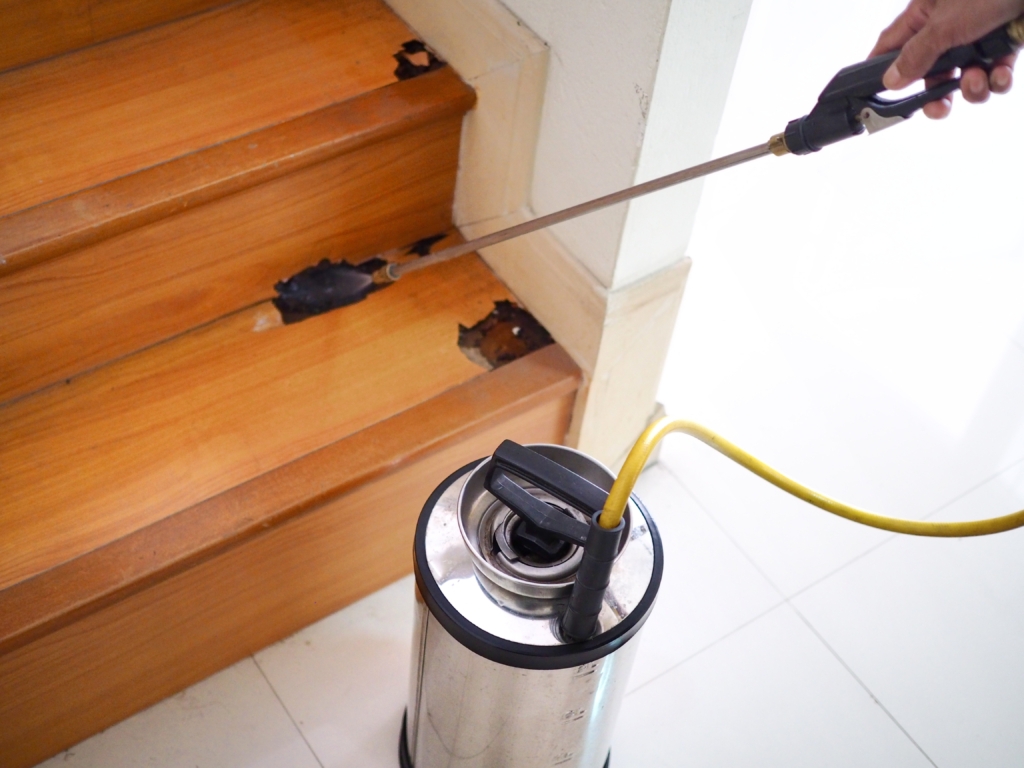
Termite Treatment: The discovery of termites in your home can trigger a flurry of questions and concerns. Among these, one of the most common quandaries we face is whether to treat the entire house (indoor and outdoor) or to focus only on affected areas. The price difference can be significant, making the decision even more challenging. This article aims to shed light on the matter, helping you make an informed decision that balances financial considerations with the well-being of your home.
Understanding Termite Behavior
To decide on the scope of treatment, it’s crucial first to understand termite behavior. Termites are social insects that live in colonies, typically located underground. They are notoriously excellent at remaining hidden, making it difficult for homeowners to detect their presence until significant damage has occurred.
Localized or Full Termite Treatment: The Dilemma
When you’re facing a termite infestation, the decision to opt for a partial treatment or a full-house treatment hinges on several factors, such as the extent of the infestation, termite species, and the layout and construction of your house.
- Localized Termite Treatment: Localized or partial treatment focuses only on specific areas of the home where termite activity is visible or suspected. This option is often less expensive because it involves fewer materials and labor. However, the critical caveat with localized Termite Treatment is the potential for undetected infestations elsewhere in the home. Termites are known for their clandestine nature, often operating unseen. Therefore, the absence of visible signs of termites in certain areas doesn’t guarantee they are termite-free.
- Full House Termite Treatment: A full house treatment(preferably indoor and outdoor), as the name suggests, covers the entire house and garden. It doesn’t only target the visible infestations but also treats areas of the home that could be vulnerable to future termite activity and creates entry barriers from the garden to the house. While this method is typically more expensive due to the larger volume of termiticide used and the increased labor, it provides the most comprehensive protection against both current and future termite threats.
Weighing the Options
Choosing between localized and full house treatment involves assessing the associated risks and benefits:
Effectiveness: Full house treatments are generally more effective at resolving termite infestations due to their comprehensive nature. They are especially useful when dealing with subterranean termites, which can create multiple entry points into your home from their underground colonies. Localized treatment, on the other hand, may be sufficient for less severe infestations or when dealing with drywood termites, which tend to infest specific areas of wood and do not require contact with the soil.
Cost: Localized treatment is less costly than full house treatment, which can make it an appealing choice for homeowners on a budget. However, if this treatment fails to address all termite activity (including undetected colonies), additional costs to treat recurring or spread-out infestations may ultimately exceed the cost of a full house treatment.
Risk: Partial treatment can be a gamble. If your pest control expert has accurately identified all active colonies, localized treatment can solve your termite problem. But if hidden colonies are missed, termites can continue to damage your home undeterred.
The Role of Professional Inspections
Given these factors, a thorough professional inspection is a critical step in deciding between full house and partial treatment. Pest control professionals have the training and tools necessary to detect termite activity that the average homeowner may overlook.
Conclusion
While the initial cost of a full house termite treatment may seem steep, it’s crucial to consider the long-term benefits and potential cost savings associated with comprehensive protection. Conversely, while partial treatments may seem cost-effective, they might end up costing more in the long run if undetected termite activity leads to further home damage.
In the end, the decision should rest on a thorough understanding of the termite threat facing your home. Enlisting the help of a very experienced and professional pest control company to inspect your home and guide your decision-making process can be invaluable. Remember, the goal isn’t just to eliminate current infestations, but also to protect your home from future termite threats. That’s an investment that could save you money—and heartache—down the line.




